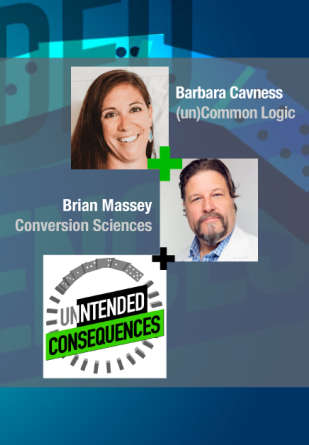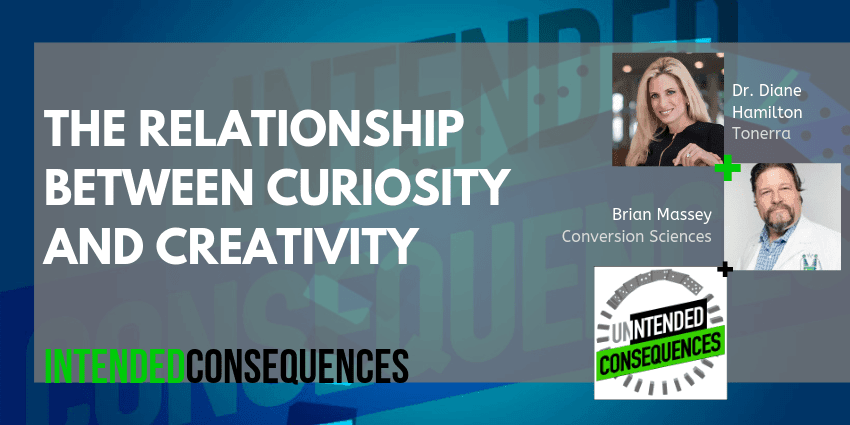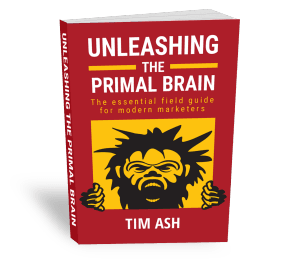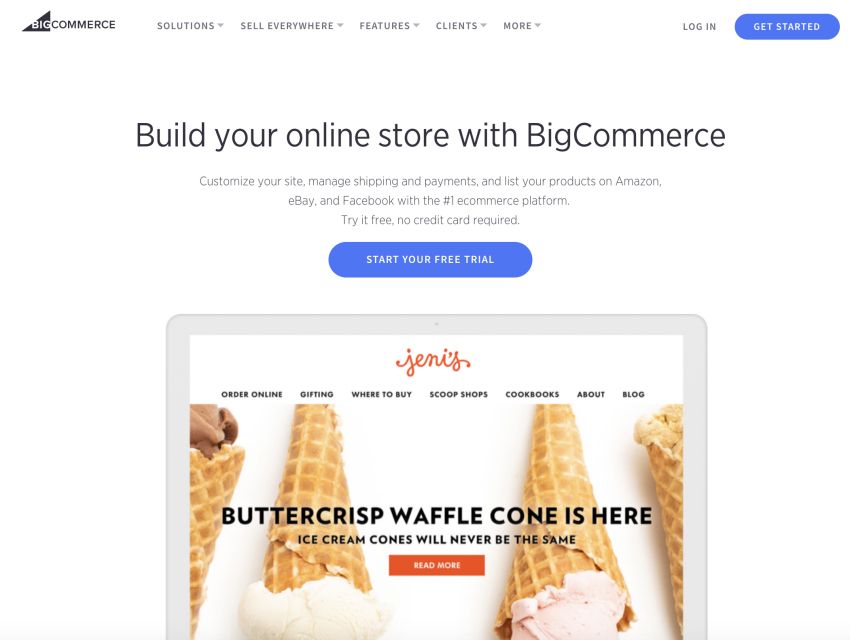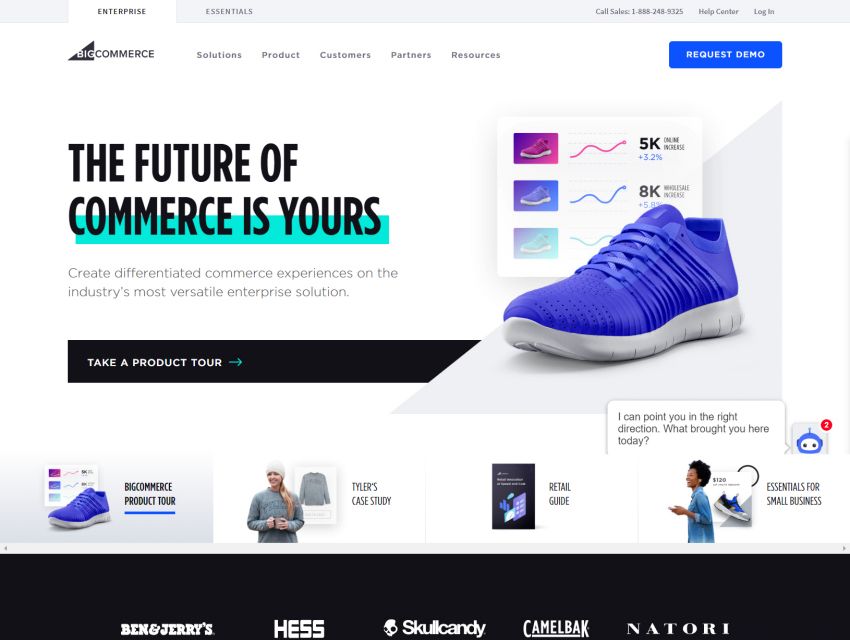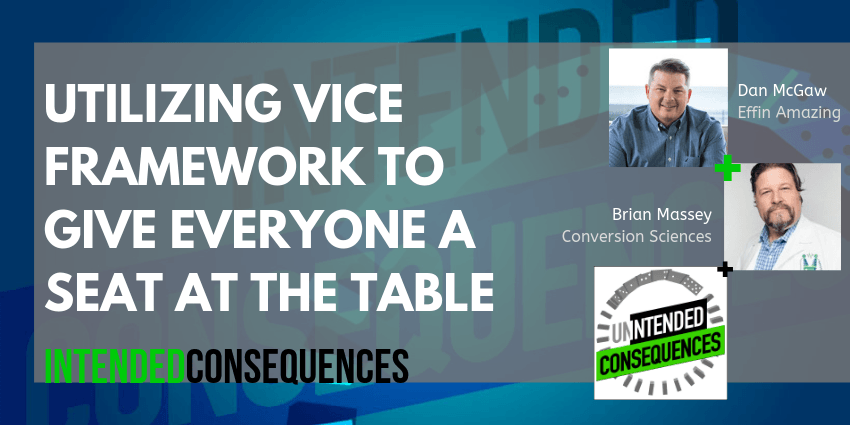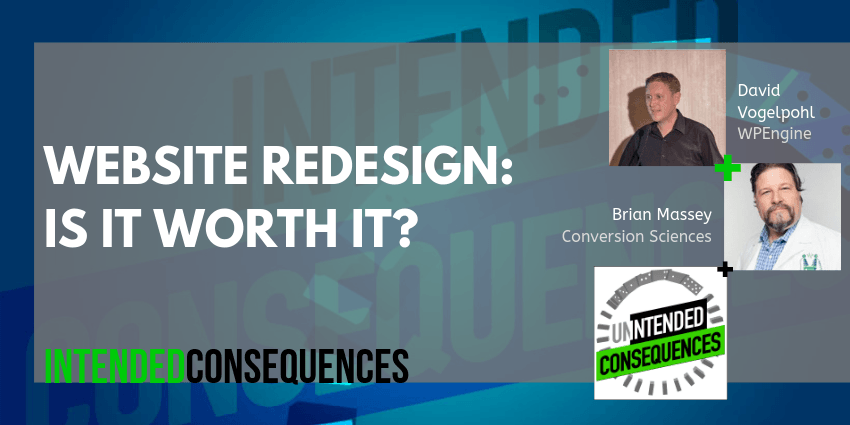Every agency believes they have the right service for the price a company is willing to pay. So they can be very persuasive. Find out what questions you should be asking to pick the right agencies for your business.
Agencies make things possible that our marketing teams just can’t do with the resources they have.
What is maddening is the variety of different ways a problem, like getting search traffic, can be solved.
I believe that data can help us decide who we should go with and which agencies we should let go.
But, what data should you be asking for? Ask any agency and they’ll tell you, “The data we provide.” Who can you trust?
Fortunately, I have an old friend and high-integrity individual to ask, someone I know that won’t tell me what I want to hear. Lance Loveday is the founder and CEO of Closed Loop, a digital advertising agency that specializes in paid media management. I know Lance as a speaker and straight shooter.
Don’t be fooled by his mild manner. I we talk about the tough questions to ask when bringing on external resources to solve your most important problems. I was surprised by some of his answers, which means I learned something.
As an optimizer by nature, digital marketing comes naturally to Lance. He’s analytical but also creative – he uses his left brain and his right brain.
Closed Loop helps organizations leverage user experience to maximize strategic advantage. Their work is guided by a few simple beliefs: Good user experience is good business.
They believe there’s always room for improvement. And companies that value design, UX, and the human element will outperform those that live and die only by the numbers.
“If you if you don’t know for sure that you’re winning, you’re almost guaranteed to be losing.”
Lance believes that if you’re investing in the competitive ad auctions on Google and Facebook, you don’t want to be the “dumb money at the table.” Listen as we explore how to find an agency relationship that gives you a competitive advantage.
“There’s a really important qualitative element involved in any relationship right. And I think you need to have good chemistry. You need to ensure that there is alignment of values between the organizations and between the teams.”
When to bring in a paid advertising agency
“It’s one thing to ask the person who’s running the website to run the paid media campaigns, too. And even though you’re not fully trained and you’re not a professional at this we’re going to ask you to take this on as a fourth or fifth responsibility. And that’s OK, if you’re spending you know maybe ten or twenty thousand a month as a mid-sized company.
If you’re spending you know maybe ten or twenty thousand a month as a mid-sized company it’s really not ok at the point you’re spending one hundred or two hundred thousand a month to not have a dedicated professional who does this.”
Full funnel advertising
“You need to have a full funnel advertising strategy to both feed the top of the funnel and then harvest the existing latent demand out there as well.”
Questions to ask when picking an agency?
- “Where would we fit in in terms of size amongst your client base. Are we going to be a small fish and therefore get minimal attention?”
- “Ask to meet the team that would be dedicated to your account. It drives me nuts to compete with agencies I know are putting junior inexperienced people on accounts and because we we just we don’t do that.”
- “Ensure that there’s good chemistry, for lack of a better term. There’s a really important qualitative element involved in any relationship and I think you need to have good chemistry. You need to ensure that there is alignment of values between the organizations and between the teams.”
When you get back to the office…
Think about how you act as an agency to your internal teams. Ask a few good questions.
- What do you do to ensure you’re communicating the right amount?
- What data do you deliver and why?
- How do you work on your “fit” with the rest of the team?
- How are you soliciting feedback from others to improve what you do?
The answers you give for yourself can then be turned around to your agency relationships. What you expect of yourself should be expected of your agencies. Demand it.
Related reading: How to choose the best conversion optimization consultant




